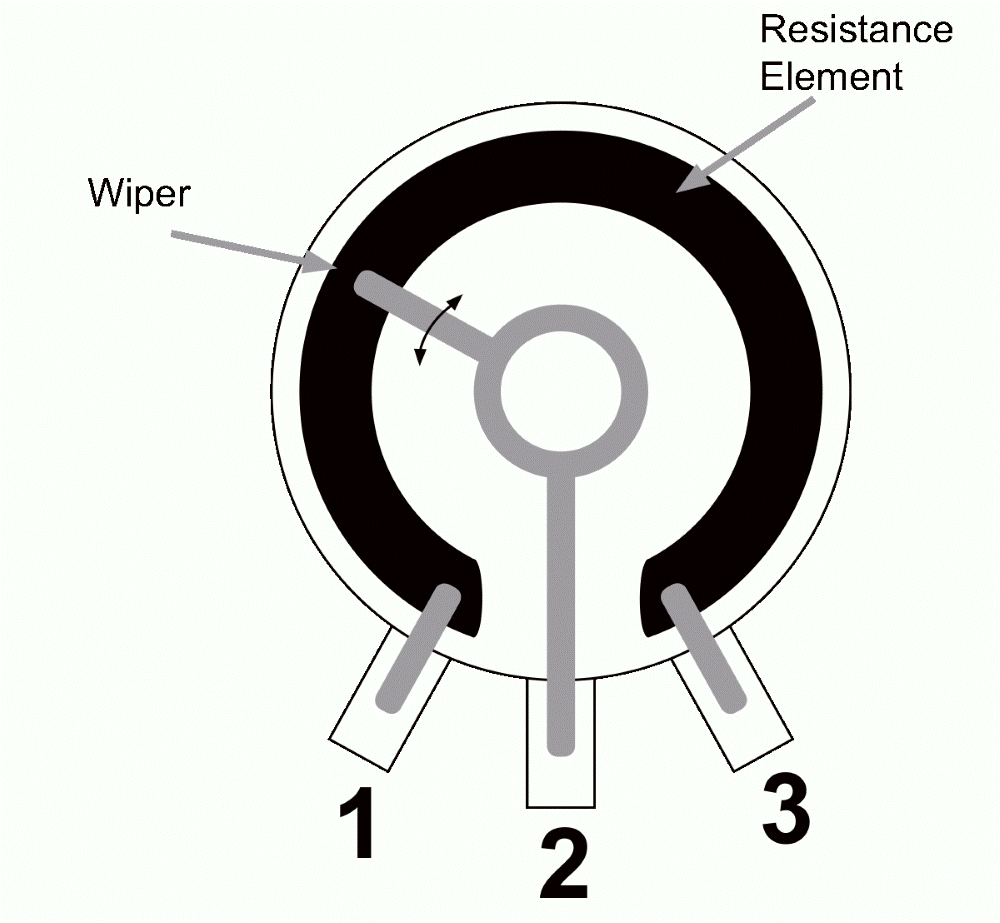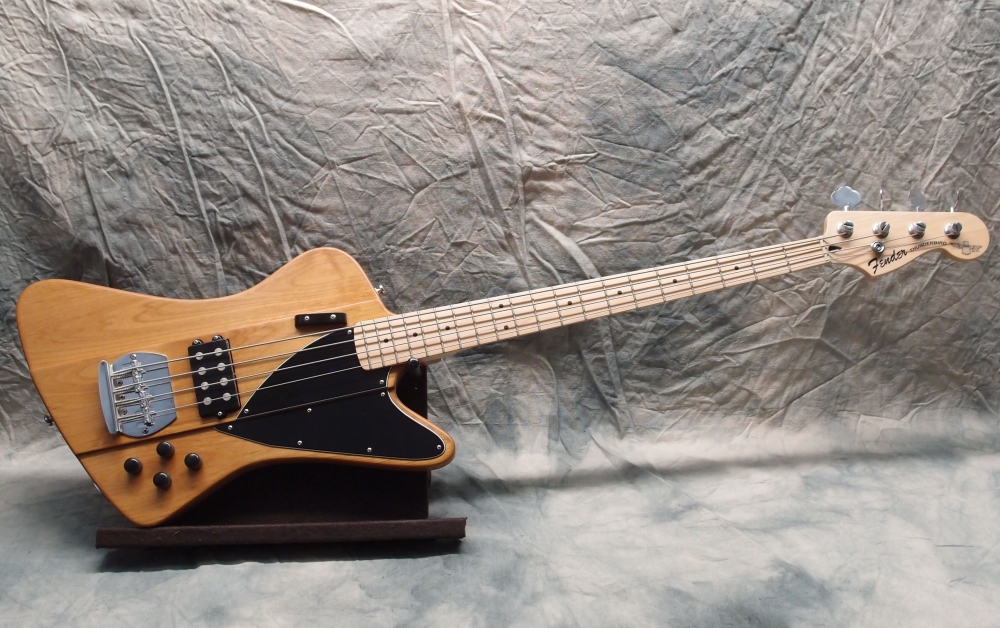Capacitors

The subject of capacitors in guitars is rife with fraud and nonsense. The fact is, the capacitor is not IN the signal path, it is very much OUT of it, and only has any effect when you select it, which is probably pretty seldom. The capacitor is part of a low-pass ( or rarely high-pass ) filter, basically a frequency-dependent leak to ground. It is not making 'tone', it is taking it away. The type of capacitor that you use for this really doesn't matter at all, as long as you don't use a polarized one the wrong way. Orange Drop, oil-in-paper, film, ceramic -- makes no difference. Anyone who claims it does either has a very vivid imagination or is trying to sell you something.
Do not fall for "NOS" or "New Old Stock" or "vintage" capacitors. Capacitors are limited-life elements. They often far outlast their design life, but eventually, all caps get old and go bad, even if they are not used. You want to always use nice new capacitors. This is more of an issue with amplifiers than guitars. A guitar with a half-dead old cap in it will work just fine, just with a less effective tone control that you are probably not using anyway. Resistors also 'drift' with age, but the result is not usually as pronounced as with worn-out caps.
An amp full of old caps really suffers, especially old tube amps. These can often be brought back to life by "re-capping" - replacing some or all the capacitors with new ones. I've done a few amps like this, simply replacing old parts with new. Tube amps typically have internal voltages of 400 or more, which can be very dangerous or even lethal, and you should stay the hell out of there if you don't know what you are doing.
While the TYPE of cap makes no difference in a guitar, the value of the cap does make a difference. The commonest values are .022uf and .047uf. The larger the value, the deeper the effect will be, so a '22' is more suited to a guitar, while a '47' is commonly used in a bass. You can go larger for a deeper cut, like .068uf or even .1uf, but eventually it stops working as desired. You could also try .033uf, in the middle, but the difference would be hard to detect. Over the years I've messed around with a lot of things that I don't remember much in detail, except "that didn't work very well". The values that work best are 22, 47, and maybe 68.
The type and value of the pot also have an effect. I find that often, a 500k pot acts like an on/off switch, whereas a 250k pot has a much more useable sweep. The type of pot can also have an effect, whether it is a linear taper "B" or a logarithmic or audio taper "A". However, which one works better is a source of endless disagreement. I can't even decide for myself, I try both and see which I prefer, and it is not always the same one!
Another way to use a capacitor is as a high-pass filter. The old Ric 4001 had such a capacitor wired to the neck pickup. I think of it as a strangler cap. It really chokes off the output of that pickup. Later models removed the cap, and some people complained, so finally, Ric added a switch that lets you turn it on for classic sound and off for modern. I added the switch to my old 4001, but wired it opposite. Ric's reasoning was that without some kind of restraint, their mighty bass would blow up the feeble amps of the day.
All electronic components are built to tolerances, typically 10%. So if you get a bunch of "10%" .047uf capacitors and measure them all, anything from .042 to .052 is within spec. Electronic circuits are designed to accommodate such variations, and circuits that are strongly dependent on the exact values of the components are regarded as 'bad'. The exception to this is test equipment, of course. Capacitors have much looser tolerances than many other components, such as resistors, owing to their construction. Typically, even precise caps are +/- 20%.
In a tone control, a 20% variance would be basically inaudible, unless you have that very vivid imagination, OR: I think the only way you could hear such a fine difference is if you could do fast A/B switching between two caps while holding the same note. This is actually the basis of the Varitone control: a rotary switch with an array of different capacitors that can be selected. I've never used one, although it would be easy to construct. A six-way switch with:
- nothing
- .012
- .022
- .033
- .047
- .068
This gets you one more at each end and one in-between. It just seems silly to me. I would install an active circuit instead. You'd definitely hear that!
Capacitors in parallel sum. So, if you only have .022uf caps, you can use two of them in parallel to get .044uf, which is well within a 10% tolerance of .047uf, and that is no accident. Three .022ufs gives .066uf, and so on.
Capacitors in series follow the parallel rule for resistors:
C = 1 / ( 1/c + 1/c + ... )
For two of the same value, this breaks down to c/2, so two .022uf caps in series is equivalent to .011uf. Place that in parallel with another .022, and you get .033. So you can make many equivalent values from what you have if you want to experiment.
Capacitors are also rated by the voltage they can handle. The higher the voltage, the physically larger the cap will be. A 400v .1uf will be many times the size of a 12v .1uf. I have never run across a guitar application that required high voltage. Two 9v batteries in series makes 18 volts, that is the highest I can think of, so in a guitar, you can use small, low-voltage caps. An amp is a different story, some of the high-voltage caps in the power supply can be very large and start to get expensive. I am not aware of any problem using a high-voltage cap in a low-voltage situation, except for the size and the cost.
"Ceramic" denotes a material family with many different formulations. Some are junk, with terrible tolerance, high-temperature sensitivity, vibration/sound sensitivity (microphonics) and DC voltage sensitivity (not an issue here). They are intended to filter DC supply voltages in consumer and other narrow temperature range circuits, but get used elsewhere in low-end products due to their small size and very low cost. "Z5U" and "Y5V" are common types. These should not be used in the audio signal chain if you have any concerns with signal quality. However, as I said earlier, the tone cap is not in the chain, it is out of it, so this doesn't really apply to a guitar.
Middle-grade materials that suffer similar problems, but to a much lesser degree, are "X7R" and "X5R". These are stable enough to use over industrial temp ranges and have reasonable initial tolerance (+/- 10% is common). These are commonly used in audio circuits in non-critical applications where their shortcomings can be tolerated. For example, microphonics are a large concern when the signal is very small, but a much smaller concern after it's been amplified.
The types mentioned thus far are called "Class II dielectrics". A much better category of materials are "Class I dielectrics", and are commonly referred to as "NPO". These have tight initial tolerance, very low-temperature sensitivity, no DC voltage sensitivity, and are not microphonic. Unfortunately, for a given value, they are much larger and more expensive than class II ceramic capacitors. NPO ceramic capacitors are an excellent choice for critical applications.
Though not as varied as ceramic, there are a handful of film types - polyester, polypropylene, polycarbonate, and polyester being among the more common. The common "Orange Drop" is typically polyester, which is a lower performing type, but still much better than a class II ceramic.
Audio geeks will argue the sonic merits of the various types of high-end capacitors, but I think most people, including musicians with well-trained ears, are hard-pressed to differentiate between the better types. In tone circuits, most of the difference that you hear is the variation in value. If you stick with polyester film or NPO ceramic, the part you install will be pretty close to the specified value, will change very little with temperature and time, and will not be influenced by sound or mechanical vibrations. Also, if you really want to tweak, you can parallel two smaller capacitors to get a value that's non-standard (values add).
I use polyester film capacitors for tone controls, although ceramics work just as well, just not as pretty. Fender used ceramic capacitors for decades. There is no audible difference between a 2 cent ceramic and a ten-dollar Orange Drop in a guitar. Any perceived difference comes from the need to justify the money spent wasted.


Questions or Inquiries?
Just want to say Hello? Sign the .